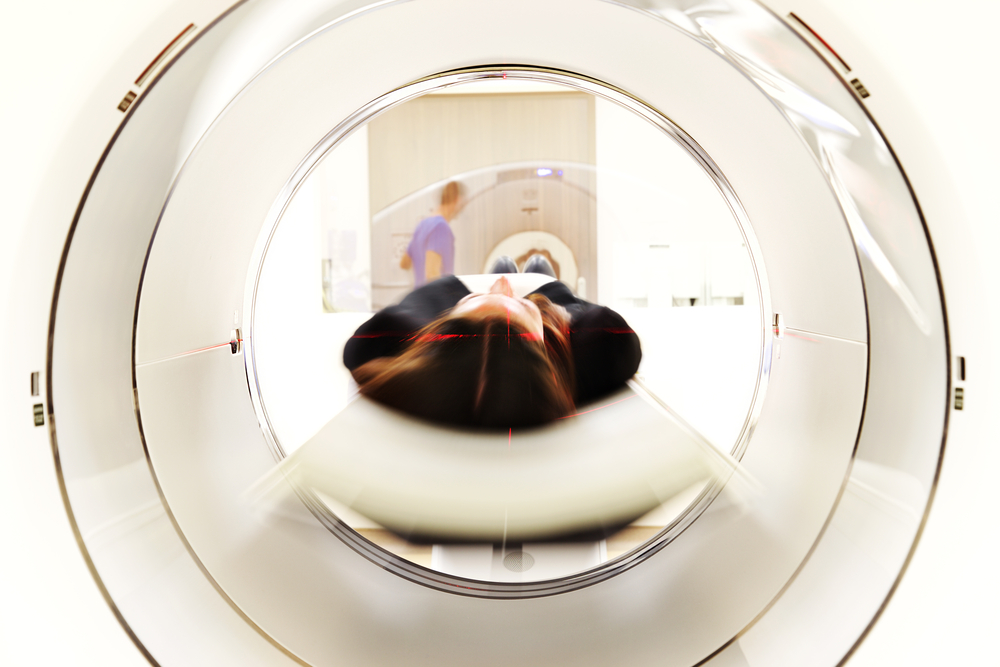Significant Disparities in MRI Screening after an Elevated PSA Test

Recent research published in JAMA Network Open showed that Asian, Black, and Hispanic men are much less likely to have a prostate MRI after an elevated PSA blood test. Previous studies have revealed that disparities exist among ethnic minorities in PSA screenings, follow-up services, and the treatment of prostate cancer.
MRI has gained traction recently as a non-invasive way to evaluate elevated PSA values. Magnetic resonance imaging as a follow-up for elevated PSA results has become a useful tool to investigate elevated PSA results, helping to reduce unnecessary prostate biopsies.
- MRI can detect suspicious areas within the prostate that merit a biopsy — increasing the likelihood of detecting an actionable prostate cancer diagnosis.
- MRI may eliminate the necessity of a biopsy, reducing the over diagnosis of clinically insignificant prostate cancer.
Currently, there are no formalized guidelines for the use of MRI in the follow-up of elevated PSA values — leading to disparities and variants in follow-up care.
Scholars at the Neiman Health Policy Institute studied the Optum database of commercial insurance and Medicare Advantage claims of nearly 795,000 men who underwent a PSA test between 2011 and 2017. Patient records were selected for those over 40 and who had a solitary PSA test with no previous PSA or MRI.
Approximately 6.5% of the study group (about 51,500 men) had PSA values above 4 nanograms per milliliter, the expected threshold value for a prostate biopsy. Among these cohorts, 3% had a follow-up MRI within six months.
The results of this investigation were significant and troubling. Asian, Black, and Hispanic men were significantly less likely to receive a follow-up MRI after an elevated PSA test.
- Asian patients with PSA values above 4 ng/mL were 24% less likely to receive a prostate MRI.
- Black patients who experienced PSA levels above 4 ng/mL or 10 ng/mL saw follow-up MRI at 24.1% and 35% lower than their white cohorts.
- Hispanic patients with PSA values above 10 ng/mL were 23% less likely to receive follow-up MRI than white patients.
The disparities occur within different age brackets too.
- Asian men between the ages of 55 and 64 and with a PSA of 2.5 ng/mL or 4 ng/mL were 57.3% and 62.9% less likely to get a follow-up MRI than white patients.
- Black patients, ages 40 to 54 with PSA levels above 4 ng/mL, were 39.8% less likely to get an MRI. Older African-American men, ages 65 to 74 with PSA levels above 4 ng/mL or 10 ng/mL, were 23.6% and 43.9% respectively less likely to experience a follow-up MRI when compared to white patients.
- Hispanic patients between the ages of 55 and 64 who experienced a PSA above 10 ng/mL saw a decline of 67.6% in MRI follow-up.
However, in men over 75 (where screening for prostate cancer is not recommended), no disparities in follow-up MRI were seen between Asian, Black, and Hispanic patients compared to white patients.
Senior author of the study, Danny Hughes, Ph.D., of the Georgia Institute of Technology, observed, “This indicates the important role that clearly defined guidelines can play in addressing racial and ethnic disparities in care. For the age groups for which prostate cancer screening is recommended, clearer guidelines are still needed for the optimal use of prostate MRI.”
The investigators noted that more research is needed to determine if conscious and unconscious biases might also play a role in the ethnic and racial disparities seen in the use of follow-up MRI after elevated PSA test results. The researchers suggest that more research may be needed to see if the disparities in follow-up MRI testing also occur in prostate biopsy recommendations.